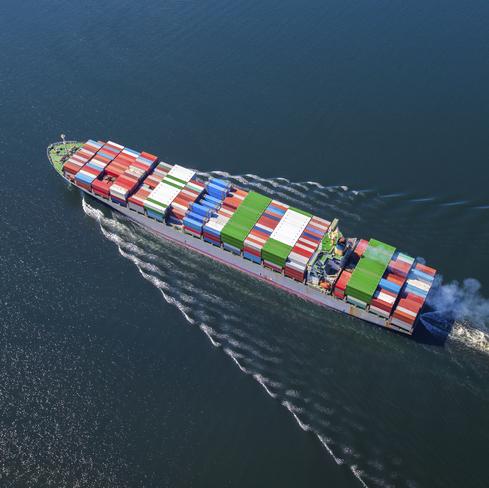The Docker-based deployment pipeline can direct containers to Amazon, Azure, Google Compute Platform, or on-premises, depending on the user's wish.


8 Reasons Cloud Email Is A Smart Move Now
8 Reasons Cloud Email Is A Smart Move Now (Click image for larger view and slideshow.)
Shippable released the fourth version of its continuous delivery product Feb. 29. It has been enhanced to provide a deployment pipeline for Docker containers that are destined for use either on-premises or in one of several cloud services.
The product, Shippable, is one of the few designed to make management of modern container operations easier. Joe Beda, considered one of the primary engineers behind the scenes in Google's approach to container operations, is an adviser to the company's board of directors. Beda was the founder of Google Compute Engine and is now the entrepreneur in residence for venture capital firm Accel Partners in Seattle.
Shippable was a launch partner when Kubernetes 1.0, the Google-sponsored project that brought container management into the public sphere as open source code, was ready to go. Prior to that, Shippable cofounder and CEO Avi Cavale and Beda worked together to host the first Docker Meetup in Seattle, where Shippable has its headquarters. On Dec. 4, 2013, about 20 people attended a Docker conference at a time when "nobody knew what Docker was. We were doing backflips to make it all work," Cavale said in an interview.
Beda showed Cavale and the Shippable staff how Google was developing container management through the Kubernetes project. Shippable had its own "poor man's container management," and quickly recognized the merit of the Kubernetes approach. It shifted Shippable onto Kubernetes's 0.9 release -- before the 1.0 version had come out.
Shippable was managing 250,000 containers a month by November 2014, Cavale said, months before Kubernetes 1.0 became available in July 2015.
Today Shippable as an online service says it is used as a deployment system by 8,000 organizations around the world. Its poor man's container management service "is now retired," relying on Kubernetes instead. The firm, founded in 2013, has 16 staff members in Seattle and 24 developers in Bangalore, India.
The fourth version of Shippable can work with source code providers from GitHub and Atlassian Bitbucket, and container image registries such as Docker Hub, Google Container Registry, and Amazon EC2 Container Registry. It can also work with container-movement and email-messaging systems such as Slack, IRC, and HipChat.
A developer or operations manager moving a container toward production is given a versioned configuration file in Shippable, where Docker commands can be run. The file will actually be built at the customer site, if the customer wants the build server behind his firewall. But management of the pipeline moving the file toward production is controlled through the Shippable service, said Cavale.
From within the versioned configuration file, a developer will issue commands for building, tagging, and pushing Docker images through a series of steps, including using Docker Compose to test the application service. The build container is isolated from other build containers to avoid one application interfering with another.
When the time comes to deploy the application, the owner of the Shippable process can use the click of a button to deploy the container on-premises, in the Amazon Web Services cloud, the Microsoft Azure Cloud, the Google Container Engine, or on other third-party platform-as-a-service or infrastructure-as-a-service clouds.
Cavale said it's a common task for developers or operations managers to write scripts that direct a set of servers to serve as a cluster for a container deployment. "We can plug a customer's scripts into Shippable, or the user can direct Shippable to form the cluster and load-balance it for the target environment. Shippable knows how to do the task, even if one workload is headed to AWS and the next to Azure," Cavale said.

(Image: Shippable)
A dashboard shows the status of each application code commit within the pipeline, telling operators which version of an application is running where. The Shippable pipeline has gained an API that allows a programmer to use code to direct any of the actions that can be taken through the existing graphical user interface.
[Docker itself knows a few tricks in container management. See Docker Launches End-to-End Container Management.]
One user, Aaron Welch, senior vice president of product at Packet, was cited in the announcement as saying his firm was able to pare the time it took to build and deploy a typical microservice from 25 minutes down to 7 minutes, and some deployments dropped as much as 90% in time required. "We will save something like 504 hours in 2016, not waiting for builds to finish. That's huge for our developers and huge for our business," he said.
Rising stars wanted. Are you an IT professional under age 30 who's making a major contribution to the field? Do you know someone who fits that description? Submit your entry now for InformationWeek's Pearl Award. Full details and a submission form can be found here.
About the Author(s)
You May Also Like







